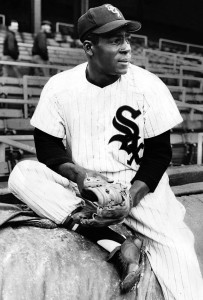 Minnie Minoso was born Saturnino Orestes Armas Miñoso Arrieta near Havana, Cuba, on November 29, 1922.
Minnie Minoso was born Saturnino Orestes Armas Miñoso Arrieta near Havana, Cuba, on November 29, 1922.
When he ventured to the U.S. in 1945 to play baseball, he was already 23 years old – a little too old to be considered a good prospect. So he changed his year of birth to 1925. Just that fast, he reverted to being 20 years old and he looked like a much better prospect to baseball scouts.
Please note – This was still two years before Jackie Robinson broke MLB’s color barrier, so Minnie Minoso was relegated to spending three years with the New York Cubans in the Negro Leagues. He played well enough to be named the All-Star third baseman in 1947 and 1948 – which drew the eyes of MLB baseball scouts. By then, Jackie Robinson was playing for the Brooklyn Dodgers.
The Cleveland Indians signed him at the end of the 1948 season.
In 1949 with the Indians, he became the first black Cuban to play in the majors. But the Indians had been World Series champs in 1948 and were well-stocked at third base. As a result, Minoso played in just nine games in 1949 before being sent back to the minors. He played for the San Diego Padres of the Pacific Coast League for the balance of 1949 and for the entire 1950 season.
The Indians recalled him in 1951. But the Indians were still loaded at Minoso’s position, so he only got into nine games in April. And then, on April 30, Minnie Minoso got the break he needed when the Indians put together a convoluted three-team deal with the Philadelphia A’s and Chicago White Sox:
– The White Sox sent outfielder/first baseman Dave Philley and slugging leftfielder Gus Zernial to the A’s.
– The A’s sent outfielder/first baseman Paul Lehner to the White Sox.
– The A’s also sent left-hander Lou Brissie to the Indians.
– The Indians sent catcher Ray Murray and left-hander Sam Zoldak to the A’s.
– To complete the deal, the Indians sent Minnie Minoso to the White Sox.
As soon as Minnie Minoso arrived in Chicago, he hit the ground running – both literally and figuratively speaking. His first game after being traded to the White Sox was on May 1, 1951.
When Minnie Minoso took his position at third base in the top of the first, he became the first black player to play in the city of Chicago.
His first at-bat with the White Sox came in the bottom of the first. Batting third, Minoso stepped up with a runner on first and one out. He swung at the first pitch and launched a 415-foot home run to center to put the Sox on top 2-0.
As a rookie, he wound up leading the American League in both triples (14) and stolen bases (31) – which earned him the nickname of “The Cuban Comet.” He collected 173 hits, scored 112 runs, and picked up 74 RBIs. He batted .321 and made the All-Star team – his first of seven career All-Star appearances.
He finished second in voting for Rookie of the Year. The Yankees Gil McDougald got 13 votes to Minoso’s 11. By the way, Willie Mays was the NL rookie that same year. And Minoso finished fourth in MVP voting – behind Yankees ace right-hander Allie Reynolds, St. Louis Browns ace right-hander Ned Garver, and Yankees catcher Yogi Berra.
So if you’re too young to remember Minnie Minoso, you missed one helluva ballplayer.
Minnie Minoso played in the big leagues for 17 years and rivaled crosstown rival Ernie Banks in popularity with his team’s fan base. Whereas Ernie Banks became “Mr. Cub,” Minnie Minoso became “Mr. White Sox.”
Minnie Minoso also became the answer to a trivia question.
Check out his lifetime stats.
Most of his career took place during the decades of the 1950s and 1960s. But he also played in those nine games with the Indians in 1949, three games with the White Sox in 1976, and two games with the White Sox in 1980.
That put Minnie Minoso in a special category with pitcher Nick Altrock – Minoso and Altrock are the only two players to have played in the majors in parts of five decades.
Yes, Minoso’s appearances in both 1976 and 1980 were choreographed publicity stunts to give Minoso that distinction. Both times, he was a coach with the White Sox, so they just temporarily activated him.
But Minoso had a great career – scoring 1,136 runs, knocking in 1,023 runs, and batting .298 lifetime.
Minnie Minoso died on Sunday, March 1, at the true age of 90 – RIP Minnie Minoso.
Barry Bowe is the author of 1964 – The Year the Phillies Blew the Pennant and Born to Be Wild.
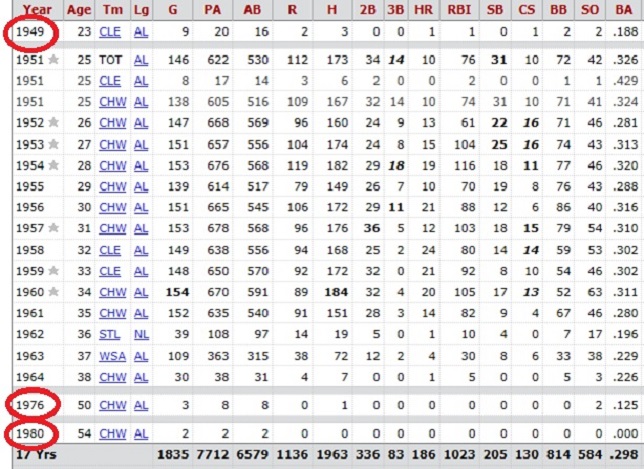
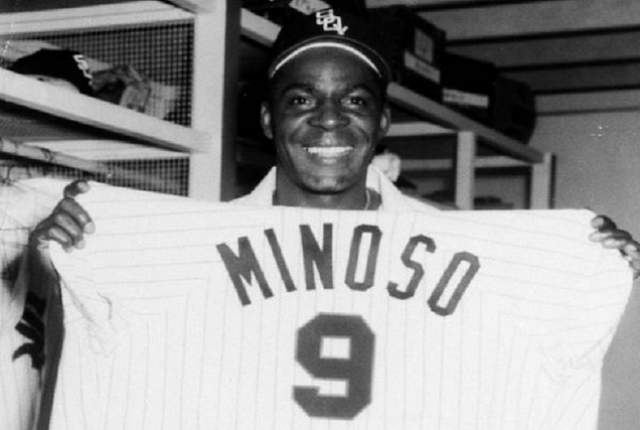
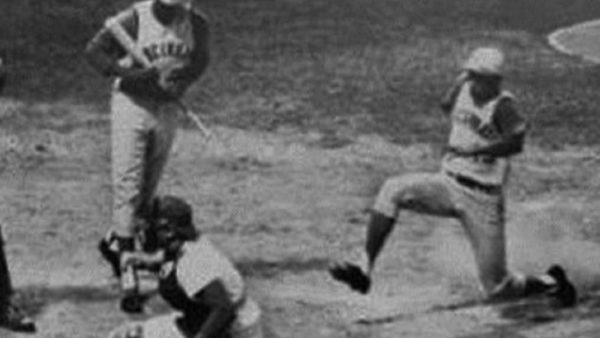

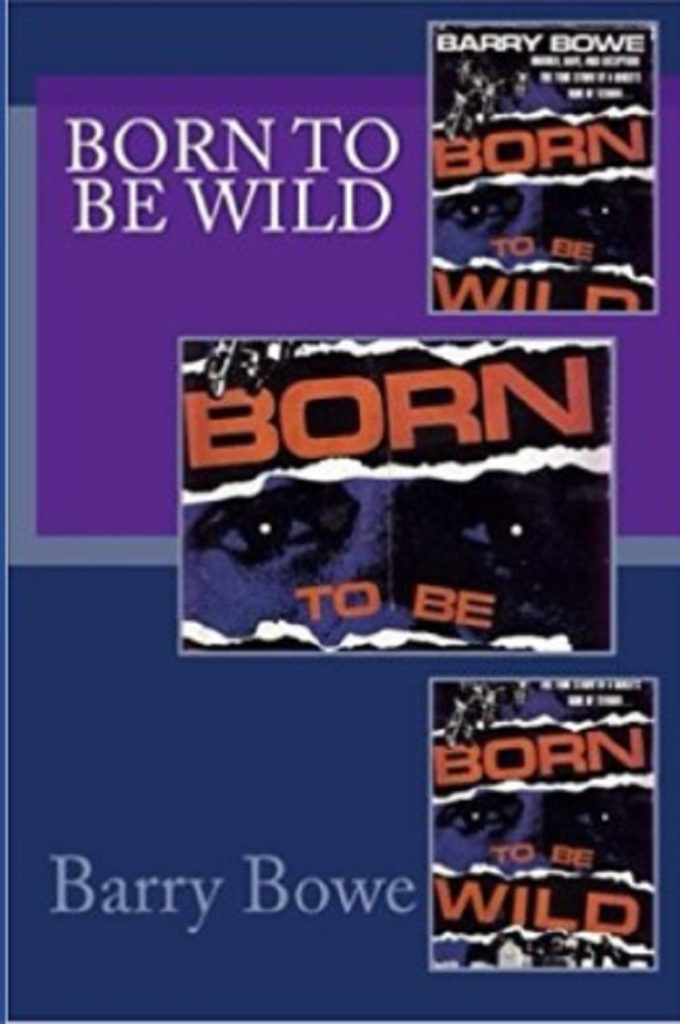

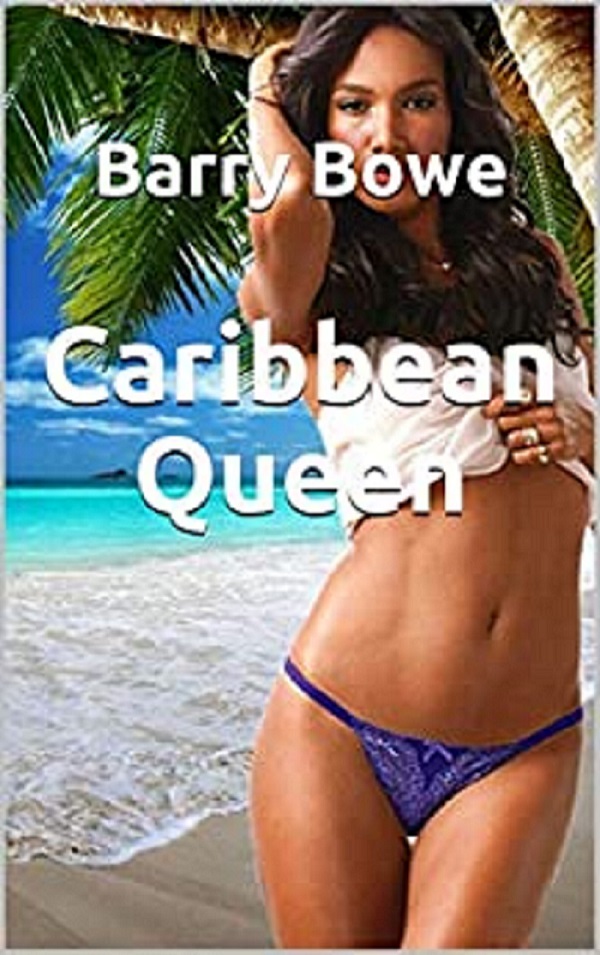
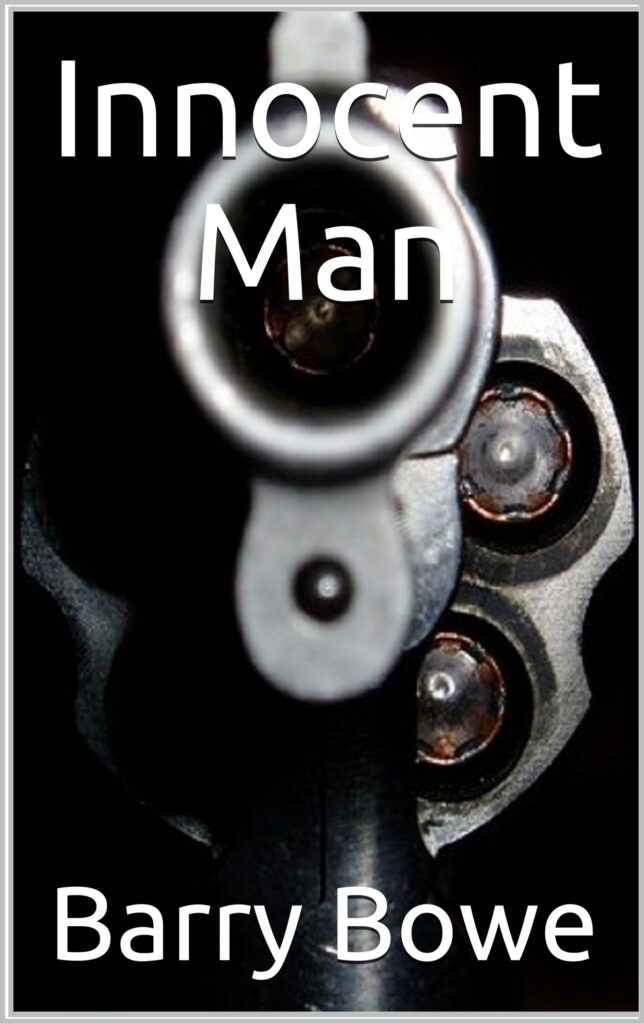
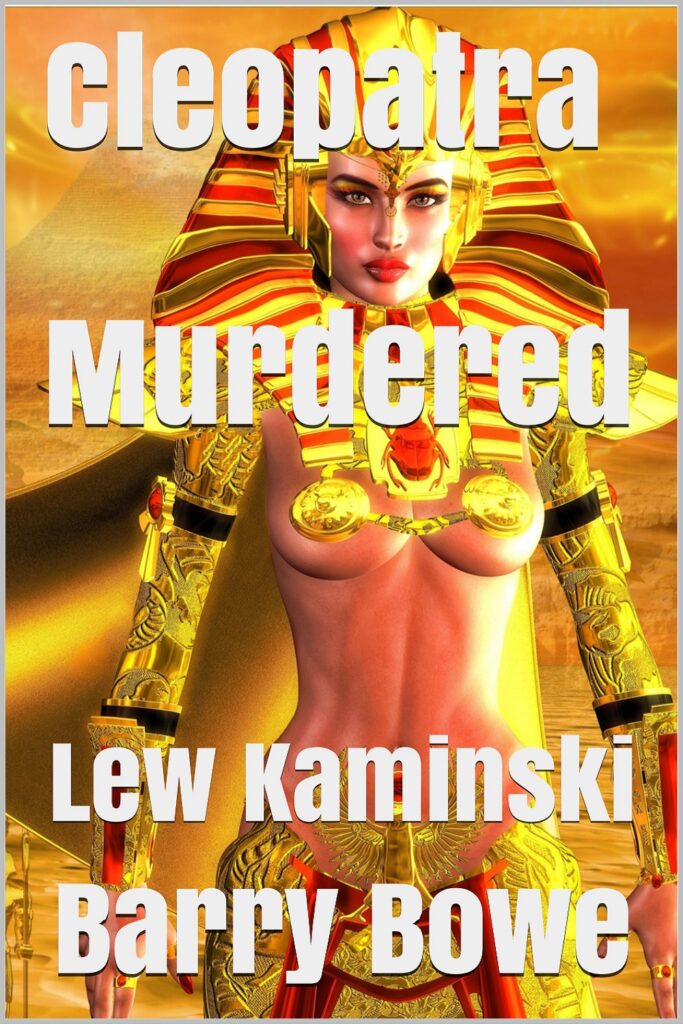
Comments
1 Comment